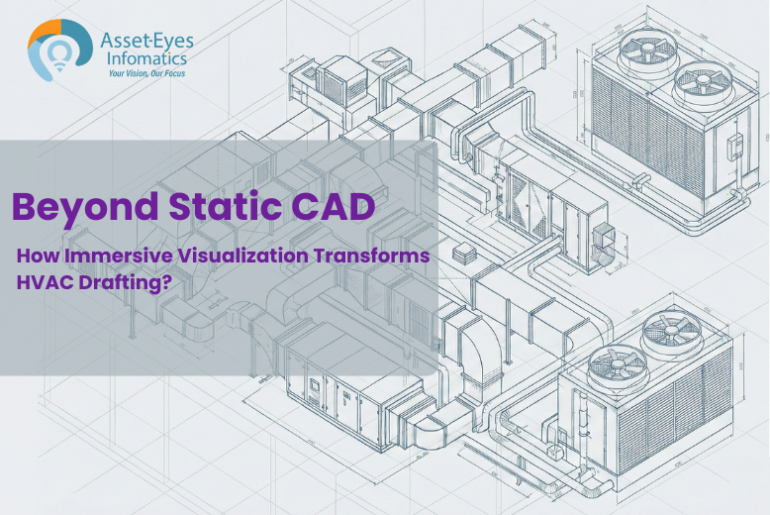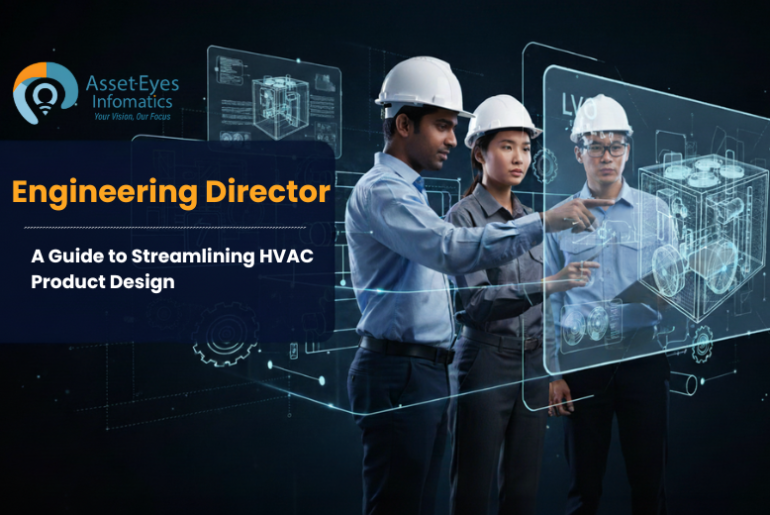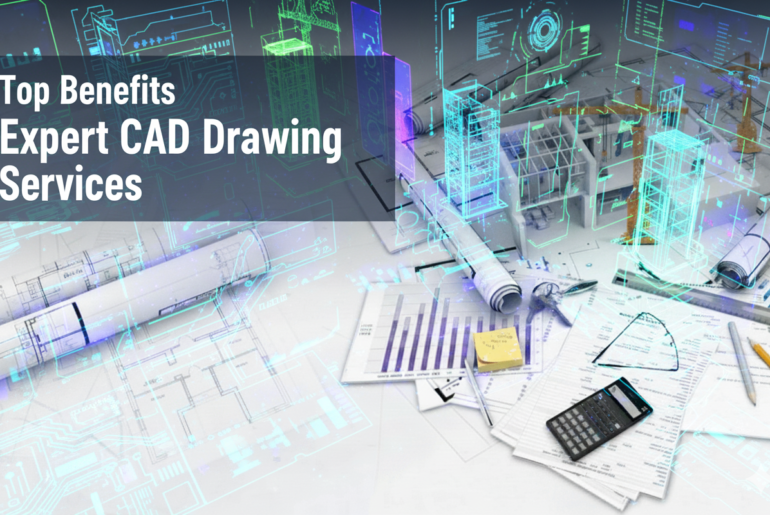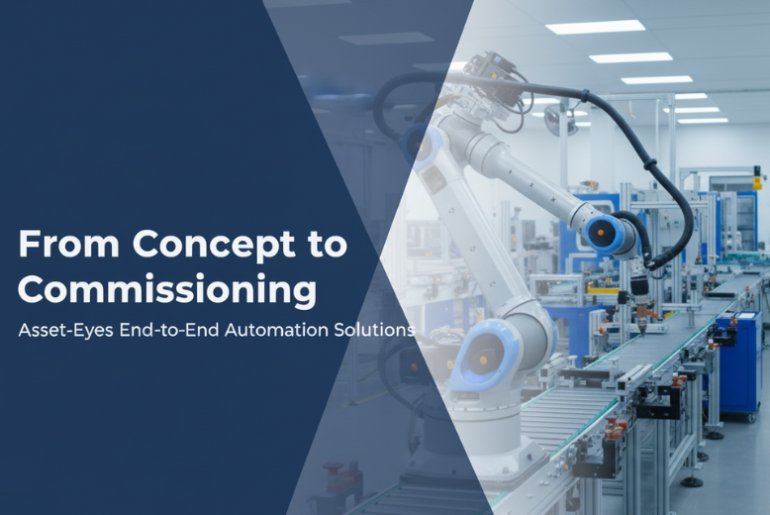Have you ever tried explaining a complex air handling unit layout or chiller plant configuration using only 2D drawings and static screenshots? We know that trying to paint a picture of what a piece of equipment looks like in the real-world isn’t an easy task, especially to stakeholders who don’t come from a technical background.Traditional CAD drafting often fall short of communicating design intent effectively across diverse teams from engineers to production staff to field…
Have you ever found yourself explaining a complex HVAC equipment design to your manufacturing team, only to discover they’ve interpreted your documentation differently than intended? Or perhaps you’ve watched as a meticulously designed system faces unexpected challenges during installation because what worked perfectly in theory didn’t translate to the real world? If you’ve experienced these situations, you’re definitely not alone. Future of HVAC original equipment manufacturers (OEMs), bridging the gap between design vision and manufacturing…
Are you confident your HVAC-R designs are maximizing value within your budget constraints? Small design choices often have significant impacts on material costs and long term efficiency, but they’re easy to miss when you’re focused on meeting deadlines and managing multiple projects. At Asset-Eyes, we don’t just provide drafting services, we work as an extension of your team, bringing our specialized expertise to every project. Let’s look at some recent examples where this collaborative approach…
If you’ve experienced the frustration of unexpected equipment failures, inflated energy costs, or wear and tear that shortens equipment lifespan, you’re dealing with challenges that proper motor control selection can solve. In today’s industrial landscape, the choice between soft starters and variable frequency drives (VFDs) is all about optimizing performance, protecting your investment, and ensuring smooth operation across your entire system. Understanding when to use each technology and how to integrate them effectively can transform…
Midweek chaos, as usual, sets in while you juggle three urgent product development projects at the same time. Your lead mechanical engineer is deep in a debate with the software team about IoT integration requirements, each side trying to align on what the final system really needs. Your phone buzzes again with yet another regulatory update that could easily affect your launch timeline if not addressed quickly. On top of that, there’s a red flag…
Have you ever watched a promising HVAC/R design for manufacturing concept get stuck in development limbo? You know the scenario, the engineering team hits creative momentum. The design looks perfect on paper. All simulations exceed expectations and market research confirms strong demand. But when it reaches the production floor, the worst possible reality unfolds. Tolerances don’t align with design specifications, assembly sequences create unexpected bottlenecks, and what seemed straightforward earlier becomes a production nightmare. If…
Ever stood on your factory floor wondering, “Where do I even start with modernization?” while watching decades-old control panels manage your production line? The manufacturing world is filled with buzzwords like “Industry 4.0,” “IoT sensors,” and “predictive maintenance,” making the path forward feel overwhelming. Here’s the thing: successful digital transformation in manufacturing doesn’t require you to overhaul everything at once. In fact, the most effective automation journeys begin with a solid foundation and that foundation…
Precision has always been the backbone of great design and engineering. Whether it’s constructing a building, manufacturing machinery, or developing complex systems, every project depends on clear and accurate drawings. CAD drawings services make this possible by turning ideas into precise digital plans that guide every step from concept to completion. With advanced tools and skilled professionals, CAD drawings services help reduce errors, save time, and improve communication between teams. They bring consistency and accuracy…
Have you ever seen a well-planned project descend into chaos due to just one miscommunication? If you’re managing multiple projects simultaneously, you’ve probably experienced that sinking feeling when a seemingly insignificant error creates a domino effect across your entire project portfolio. The reality is that coordinating multiple installations while managing diverse stakeholder expectations can feel like solving a multi-dimensional puzzle and when coordination falters, inefficiencies multiply quickly. The challenges facing operations managers in larger HVAC/R…
Ever found yourself juggling multiple vendors, dealing with communication gaps between project phases, or watching a critical API integration workflow or RPA implementation lose fidelity during deployment? If you’ve experienced the frustration of disconnected automation solution projects where each expert works in isolation without considering the bigger picture, you probably recognize why a truly integrated approach matters. Having a single partner who guides your project from initial concept through long term optimization makes the difference…










